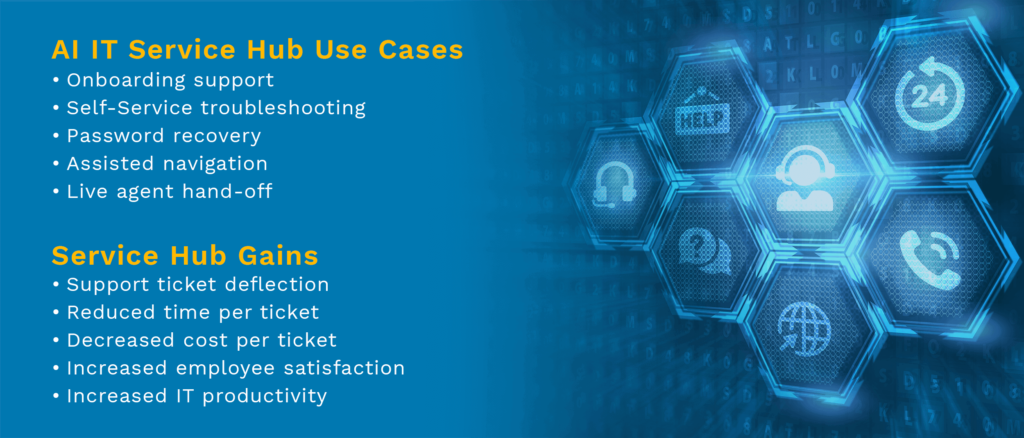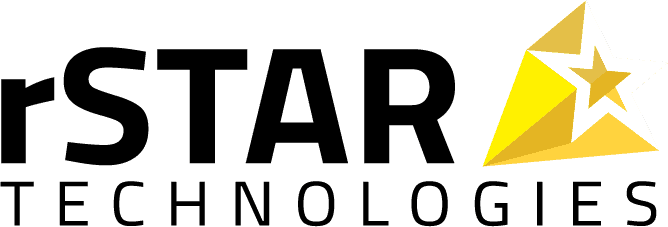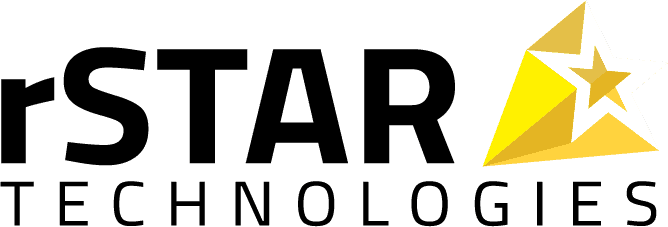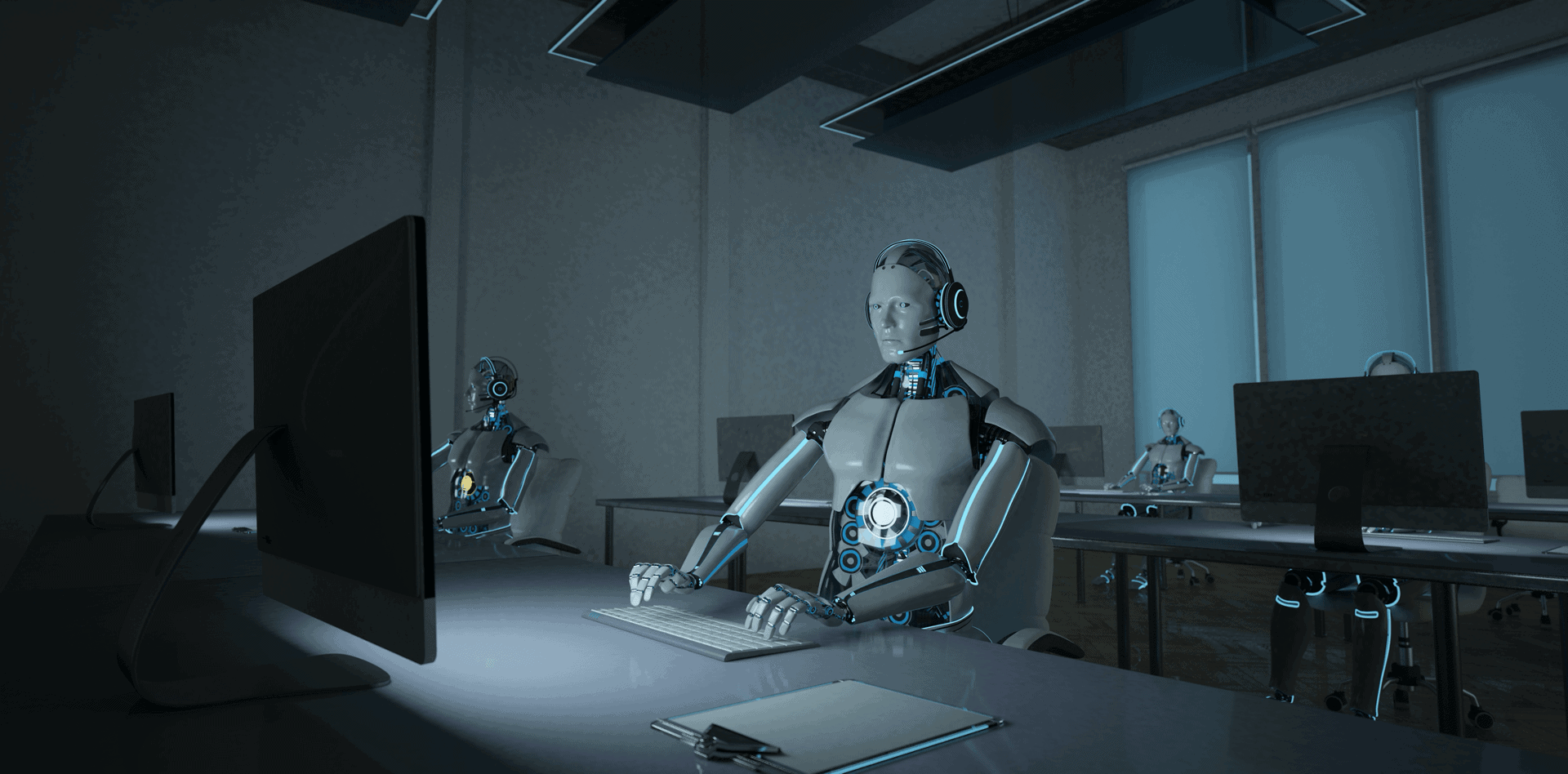Universally, IT managers know they could get more done if employee support responsibilities didn’t keep their team bogged down in low-level busy work. At the same time, COVID-19 has decentralized many of our offices and made the kind of in-person support that has been the norm for several decades impossible or impractical.
Table of Contents
Those two truths mean that there’s never been a better time to improve our IT service paradigm. Thankfully, new conversational AI technology is emerging just in time to help lead the revolution.
In this blog, we’ll explore…
- Why conversational AI is great for IT support
- What functionality a great AI IT service desk requires
- How IT leaders can get the knowledge they need to enable AI support
Why Chatbots for IT Support?
Conversational AI simulates a human-to-human conversation. That means AI can fully recreate the interactions that go on when an employee and IT professional discuss changes or support needs and deliver services. In fact, it actually does it much more quickly.
For example, using the typical support model, an employee makes a support request and then waits until an IT professional calls, emails, or physically visits them. They may need to explain or illustrate the problem a few different times, and then the agent either offers troubleshooting solutions from a distance or takes the reins.
Using AI, that series of events can be significantly streamlined. Instead of reaching out to the IT support desk, an employee can simply communicate with an AI agent or “chatbot.” As soon as the employee describes their problem, the AI interface breaks down the issue using natural language processing, compares it to previous requests, accesses its repository of frequently asked questions, and provides guidance at lightning speed.
With AI picking up the slack on the employee support load, human professionals are able to reserve more of their productivity hours toward business-driving initiatives, while their colleagues are being helped faster and more effectively than ever before.
Core Functionality of a Chatbot Help Desk

A strong AI-powered IT support desk should be able to address nearly any conceivable employee IT need in some way, whether it’s requesting a new USB cord or searching for a lost password. Let’s explore some of the core functions that an IT chatbot should be able to support.
Troubleshooting FAQs
Any IT support professional knows that the majority of problems can be solved with a few reliable troubleshooting measures. In a chatbot help desk scenario, the AI agent should be able to recognize common IT challenges and recommend appropriate steps to help the user walk through solving their own problem.
For example, a chatbot should be able to recommend and walk a user through…
- Rebooting hardware when apps aren’t behaving
- Visually checking wires and connections
- Confirming that software is up to date
Onboarding Support
IT professionals often interface most with new employees who need help adjusting to the environment and getting the lay of the land. With AI-enabled IT service, new hires can do more of that work themselves, helping them orient more quickly and learn the ropes of their new employer’s infrastructure.
During onboarding, an IT help desk chatbot might help new hires answer questions like…
- “How do I connect my phone to the company network?”
- “What is the name of the printer in the break room?”
- “How do I request a second monitor?”
Account & Password Recovery
Credentials are essential to modern work, and many employees struggle to manage them effectively on their own. Often, this leads to a mountain of low-level work for IT professionals looking up logins and resetting passwords. Using a chatbot help desk, AI can take the lead on that work, creating new productivity opportunities for agents.
A conversational AI agent could help employees with a variety of account or password related requests, including…
- “Are my email address and Office 365 username the same?”
- “I need to update my WordPress password!”
- “How often should I change my passwords?”
Agent Hand-Off
One of the most important things an AI agent can recognize is when one of their human counterparts is needed. When an issue is unique or complex, a user is growing frustrated with the AI experience, or the AI agent is struggling to interpret intent, the chatbot should be able to seamlessly push the request to a waiting human IT professional who can provide appropriate follow-up. Generally, that is achieved through integration with Oracle Service Cloud, Salesforce Service Cloud, or ServiceNow.
Here are some examples of user intent phrases that might trigger an AI service desk to transfer a user to a live agent…
- “I am sick of dealing with a robot!”
- “Can I please talk to a real person?”
- “This is so [expletive] stupid!”
Hardware Repair/Replacement Request
The right hardware is key to work enablement, which is one of IT’s primary goals. Hardware issues don’t come up every day, which is why they’re a perfect opportunity to use a conversational AI interface to manage the process. When an employee makes a request through the automated service desk, the bot instantly assigns the request to the appropriate technician, who can carry out the service as quickly as possible.
Users can request hardware repair or replacement through an IT service desk bot my making requests like…
- “My monitor is not displaying colors correctly.”
- “I need a new mouse for my computer.”
- “My desktop shut off and won’t come back on.”
Get the Right Chatbot for Your IT Service Desk
If you’re an IT leader looking to support your colleagues to the highest degree while controlling costs and protecting the productivity of your core team, setting up an AI-powered IT service desk could be the way to go!

FAQs
Yes. Your organization must identify any existing issues with your current IT service desk. Identifying current issues and categorizing them is vital to rolling out a successful AI IT service desk solution. This includes defining Key Performance Indicators (KPIs) to evaluate the implementation’s success. Also, consider the communication channels (web, applications, etc.) you intend to incorporate into your AI IT Service desk rollout.
The interaction will depend on the communication channel used to contact the IT Service Desk. Customers may find accessing the chatbot through the company website their preferred route. For internal users, integrating with collaboration apps like Slack may create the best user experience.
Communication is hard. There will undoubtedly be times when mistakes are made or the chatbot cannot match a question with a response. It’s essential to identify a ‘fallback’ message when the bot cannot provide any other satisfactory response. This creates an opportunity for the bot to recover, potentially preventing a conversation from being unnecessarily escalated to a human.
The chatbot empowers the support desk to focus on higher-value work. An AI agent must recognize when one of their human support counterparts is required. Identifying the conditions where transferring a user to a live agent is best is important. Perhaps a user is showing frustration, or a chatbot is struggling to interpret user intent. In such situations, the chatbot should be able to push the user experience to a human counterpart for resolution.
rSTAR’s conversational agents have a track record of providing a top-notch experience for organizations, customers, and vendors. This solution improves overall satisfaction, cuts costs, and boosts productivity.
Testing is an integral part of any chatbot rollout strategy. Thorough testing will help identify issues early so they can be addressed before going live. It’s also important to undertake testing in a controlled environment so any issues are reproducible. This testing and the later rollout of the bot should follow a phased approach. It becomes more challenging to handle any bot-specific issues if you release your bot to the entire user base at once.
rSTAR’s conversational agents have a track record of providing a top-notch experience for organizations, customers, and vendors. This solution improves overall satisfaction, cuts costs, and boosts productivity.






